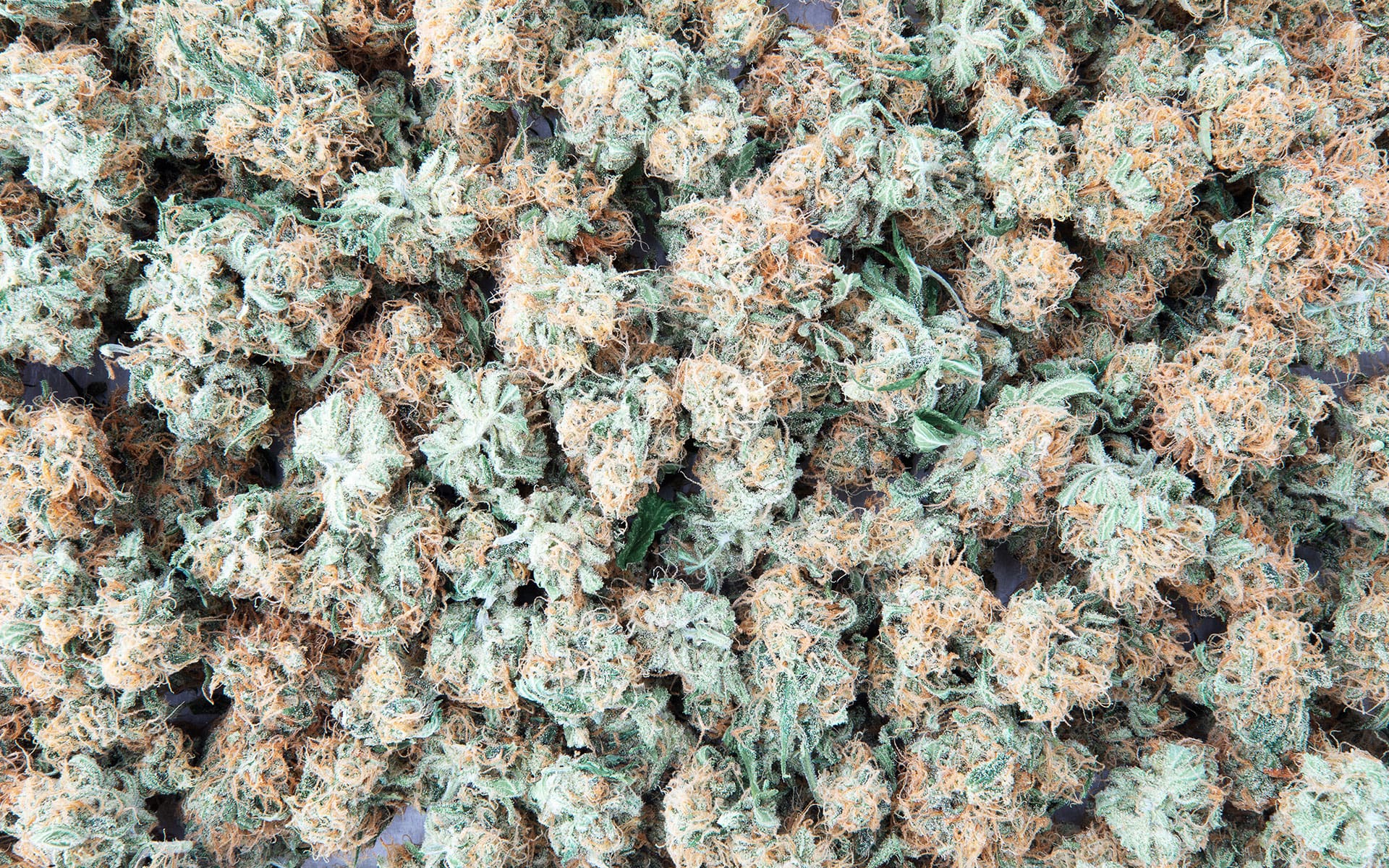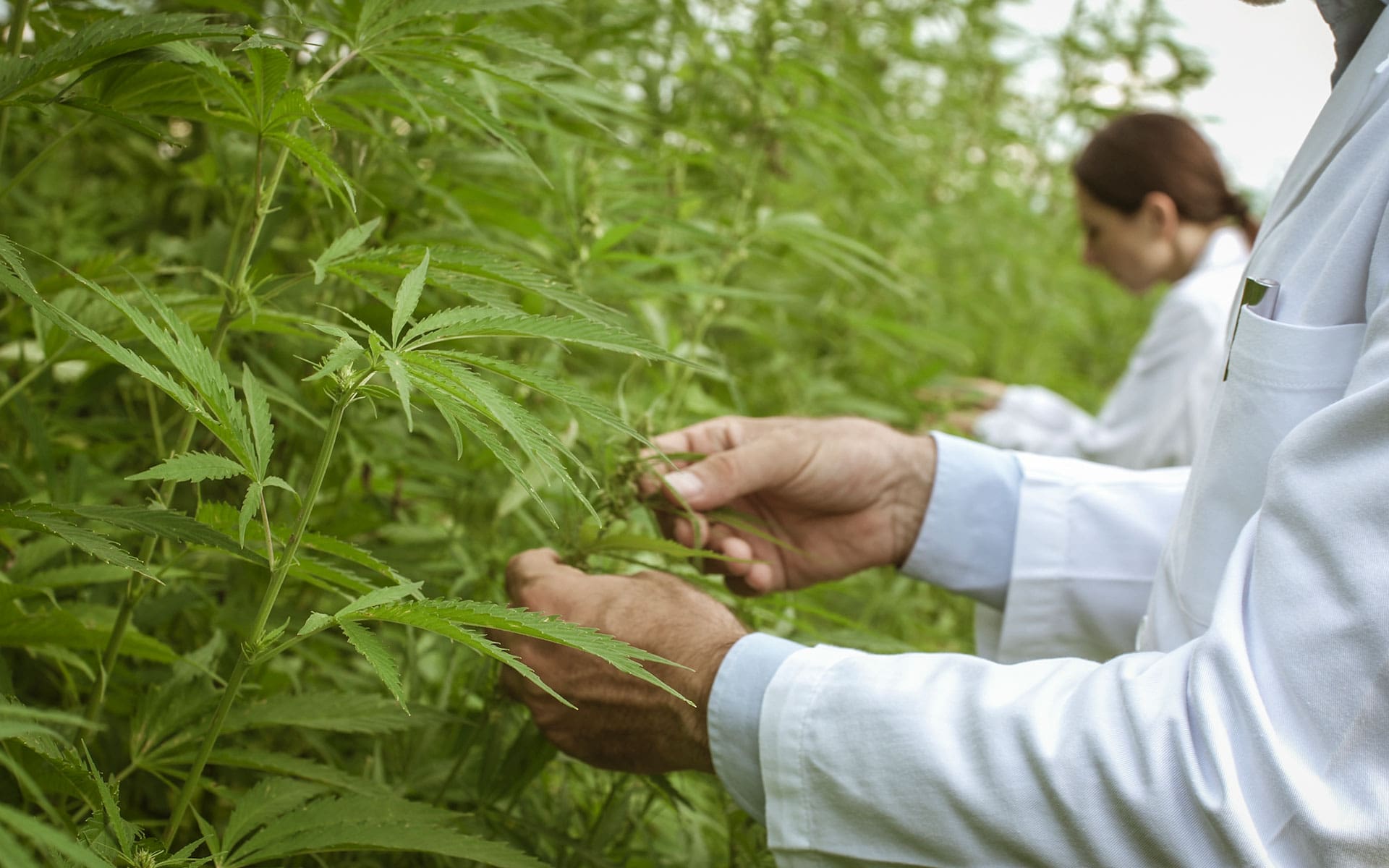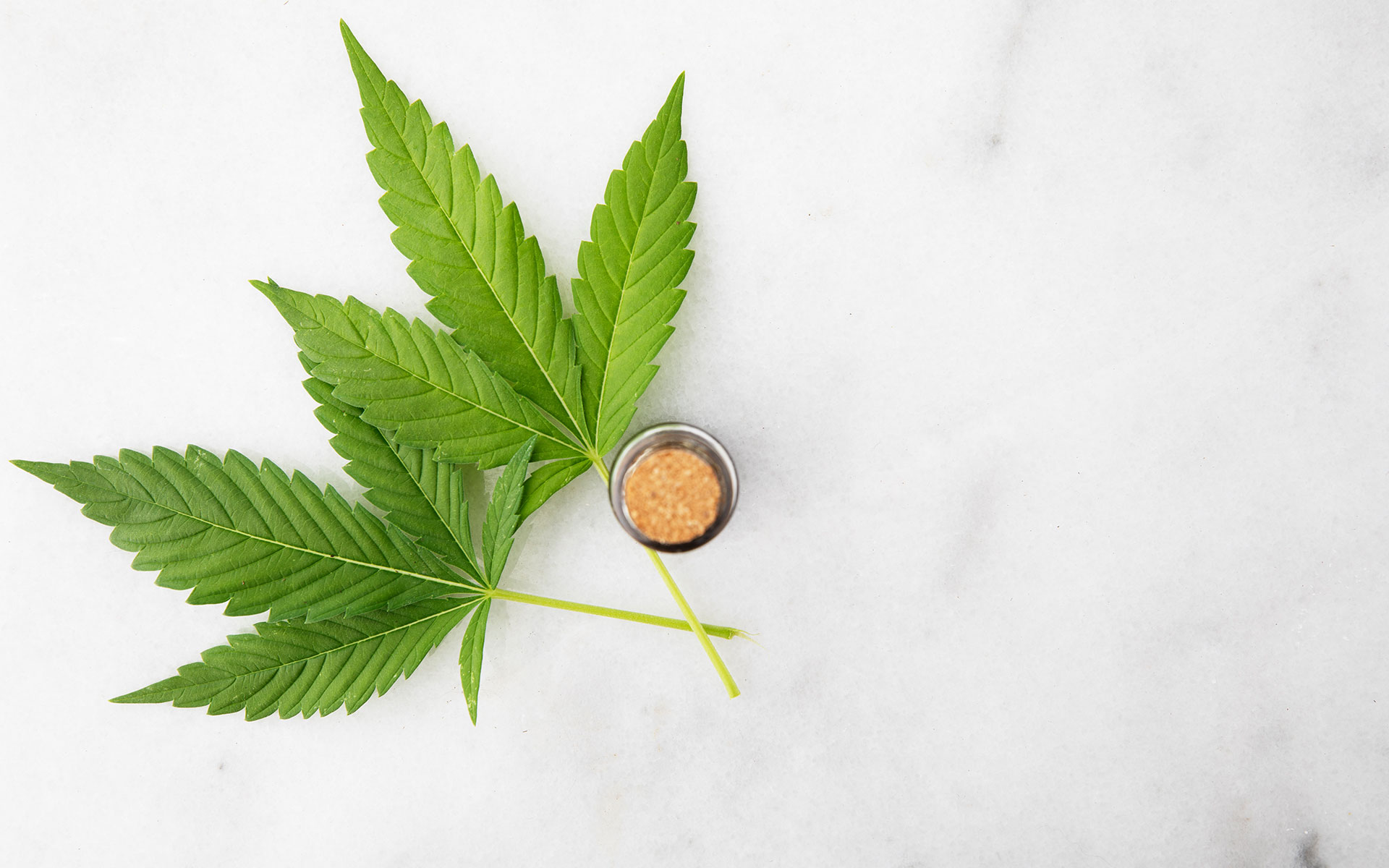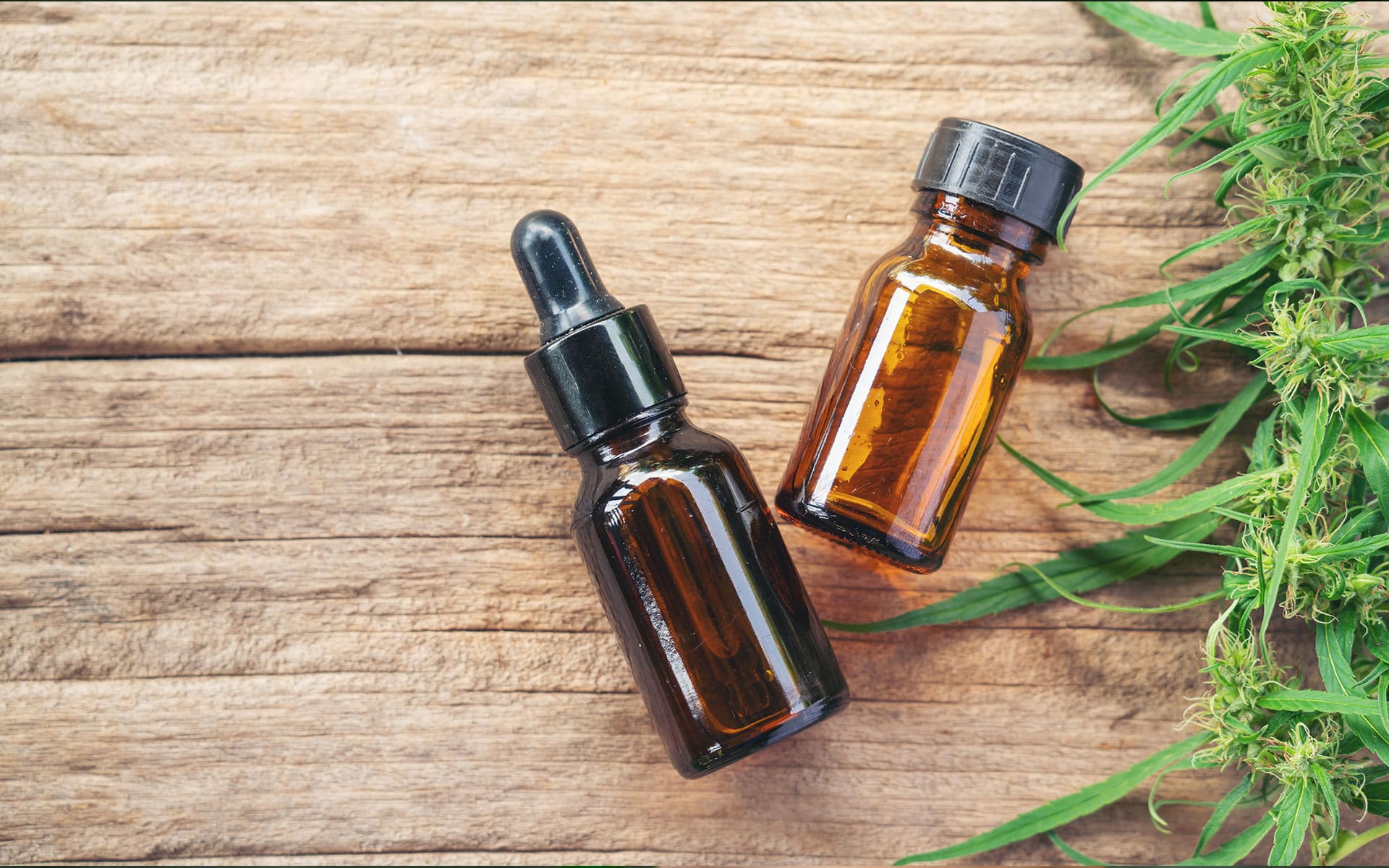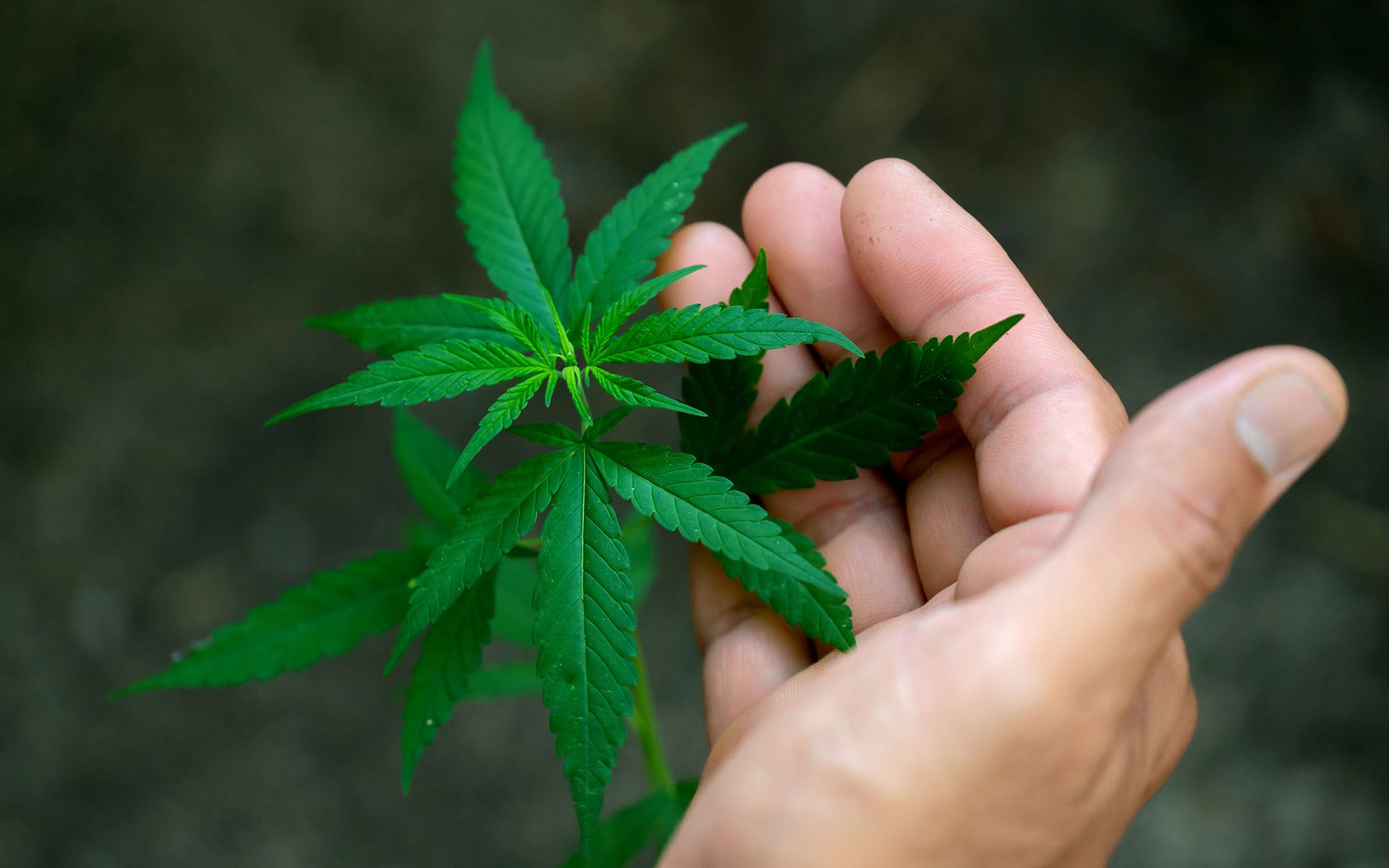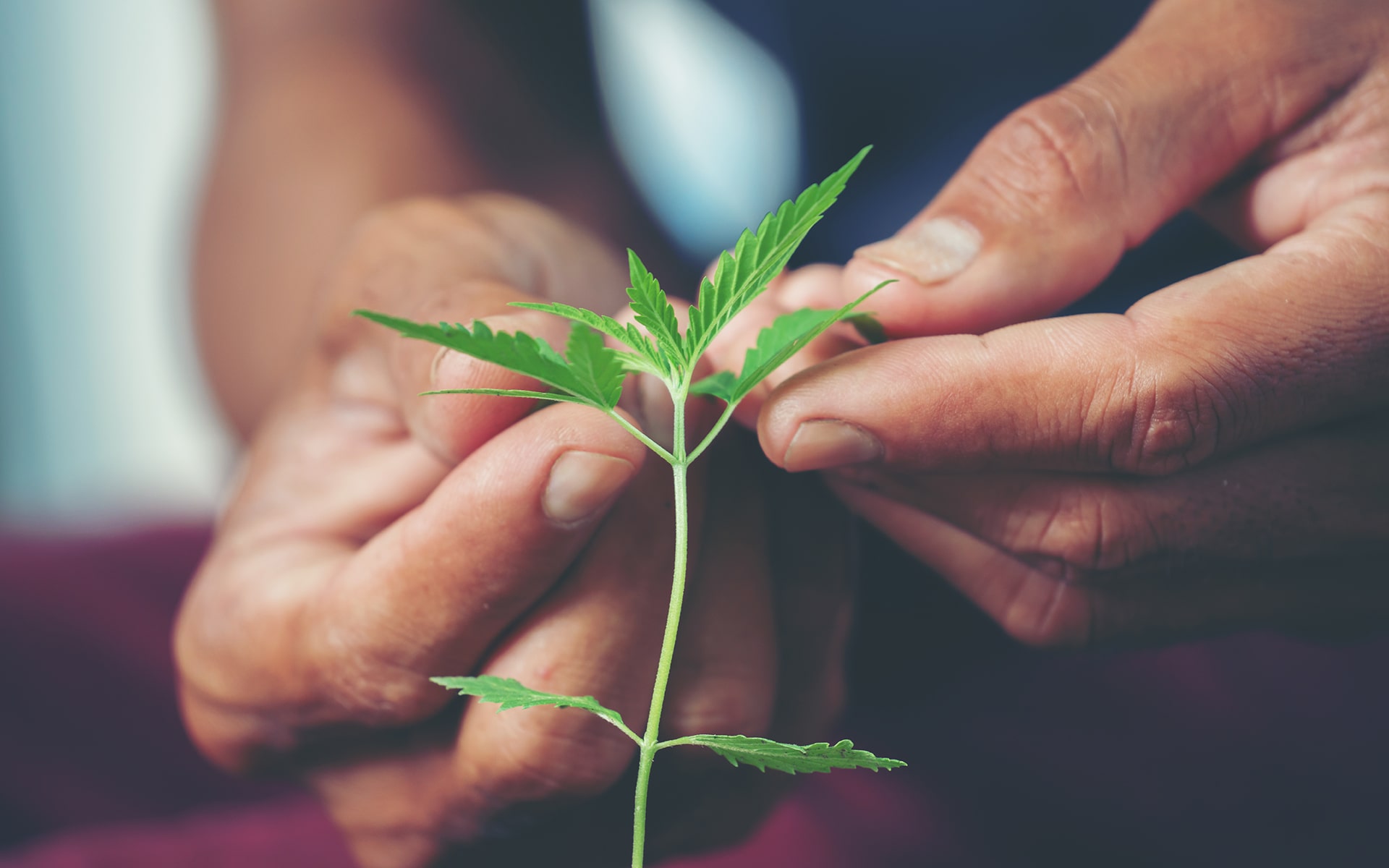Tips For Keeping Your Cannabis Flower Fresh
When it comes to keeping cannabis fresh, we recommend knowing these flower storage best practices proven to retain cannabinoid potency for lengthy periods:
- In the Dark Away From Direct Sunlight
- In a Cool & Dry Location
- Always in an Air-Tight Glass Container
- Away From Heat Sources
- Never in the Freezer or Refrigerator
- Ideally Not in Plastic (Baggy or Container)
Storing Cannabis Flower and Free Air Exchange
When cannabis flower is stored in an environment with free air exchange, it exposes the therapeutic cannabinoids held within the plant to the elements. Cannabis flowers stored in a dry environment with free air exchange will allow the plant to dry out, and the cannabinoids that our customers need will begin breaking down as the flower loses its freshness.
Conversely, flowers stored in a damp environment will invite mold growth to take over the plant material, and nobody wants to consume moldy flower. The most important feature of an excellent cannabis storage container is that it is air-tight, effectively preventing free air exchange while preserving the coveted cannabinoids.
Air-Tight Glass Storage
At Strains Dispensary in Perris, CA, we are often asked about the best storage methods to keep cannabis flower fresh. The objective of cannabis storage is to protect the cannabinoids held in the flower such as THC and CBD so that they have the same therapeutic effect as the day of purchase. For personal storage, we recommend that our customers consider these air-tight storage strategies:
- Glass Mason Jars – plastic storage containers are not recommended for long-term storage due to concerns with plastic leaching as well as allowing free air exchange. Plastic is also prone to static that can cause potent trichomes to stick and reduce potency.
- Specialized Commercial Units – there are many companies that sell stylish storage devices ranging in materials, such as glass, wood, and stainless steel. Many of these options include a humidor function that keeps cannabis flower fresh; however, we never recommend using a tobacco humidor due to the common use of cedar, which can transfer unwanted essential oils to cannabis.
- Air-tight Bags – especially useful for travel, air-tight bags come in a variety of non-plastic materials that offer the same air-tight protection as a sealed glass jar.

